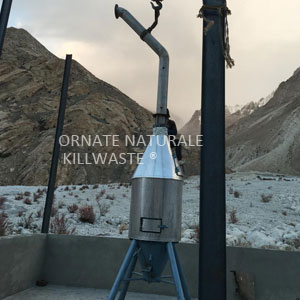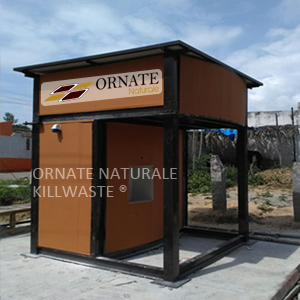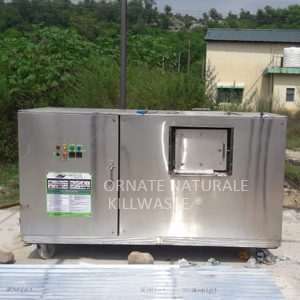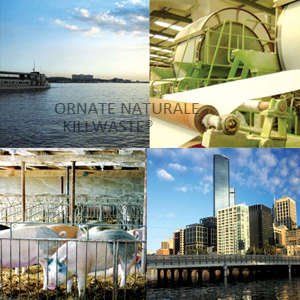 Water Tech
Water Tech
Conventional lead acid batteries contain a liquid “electrolyte” which is a mixture of sulphuric acid and water. Each cell in a battery resides within its own vented container (known as a “jar”), ensuring that the active material contained in the battery plates is continuously bathed in electrolyte while small amounts of oxygen and hydrogen gas (produced mainly during charging) are freely released. These gases represent the breakdown products of water, and this indicates that water is being “used up” to some degree and must eventually be replaced. The bigger portion of water lost in a battery that is run at elevated temperatures is lost by simple evaporation out of the vented cap on the cell, but all things considered, a lead acid battery in good condition does not need much maintenance attention at all. Mostly, it amounts to periodic checking of the electrolyte level and water additions weekly, or less often depending on individual duty cycles. An aftermarket watering system, installed on the battery in place of the stock vent caps simplifies this process even further.
We get questions on battery watering often at ORNATE NATURALE, and some of the questions follow
There is a simple answer here: No kind of acid at all. Under normal conditions a battery loses only water (in the form of vapour, hydrogen and oxygen), and only water should be replaced. Addition of acid would increase the sulphuric acid concentration of the electrolyte, potentially damaging the battery. If the cells have lost acid due to a tip over, or as a result of repeated over-filling and flush-out, some acid may have to be replaced, but this is a job for a trained battery technician. Sulphuric acid of a high concentration is used for replacement, but strong acid can only be added to a battery cell under controlled conditions- otherwise, it will not mix properly and cell damage can result. Safety is an issue here as well.
1. Before charging the battery, add just enough water so that a low liquid level is visible.
2. After charging is complete, add enough water to bring the level up to the bottom of the vent opening barrel (usually about ¾ inch below the top of the cell).
The above steps will prevent overflow. Step one ensures that the electrolyte level has not gone too low and exposed the plates to air for the charge cycle. Step two brings the level up to full height at a time (battery fully charged, electrolyte at highest point) when accidental overfilling would not be a problem.
The most efficient watering approach? Use a hose-end filler nozzle that shuts off at a preset level, or install a single-point watering system. A single-point watering system is a simple plumbing arrangement on top of the battery that replaces the ordinary vent caps with valve-equipped caps connected to a single fill point by means of plastic tubing. A single-point watering system ensures accurate fill level and saves time- the operator does not need to have access to the top of the battery. An evaluation we have done has revealed that some systems fill much faster and are configured much better than others, so pay attention to the details and seek advise.
Remember that water added to a battery is less dense than the dilute acid already in the cell. Water will sit on top of the electrolyte until it is mixed in by the bubbling, gassing behaviour of the cell during a full charge cycle. This fact is important if you take hydrometer readings of the electrolyte; the reading will not be accurate after watering until after the following charge. Also note that batteries exposed to extremely low temperatures for long periods can be damaged by freezing unless they are fully charged, especially after any water additions
 Verticals
Verticals


 Joint Venture
Joint Venture

 Our Products
Our Products




